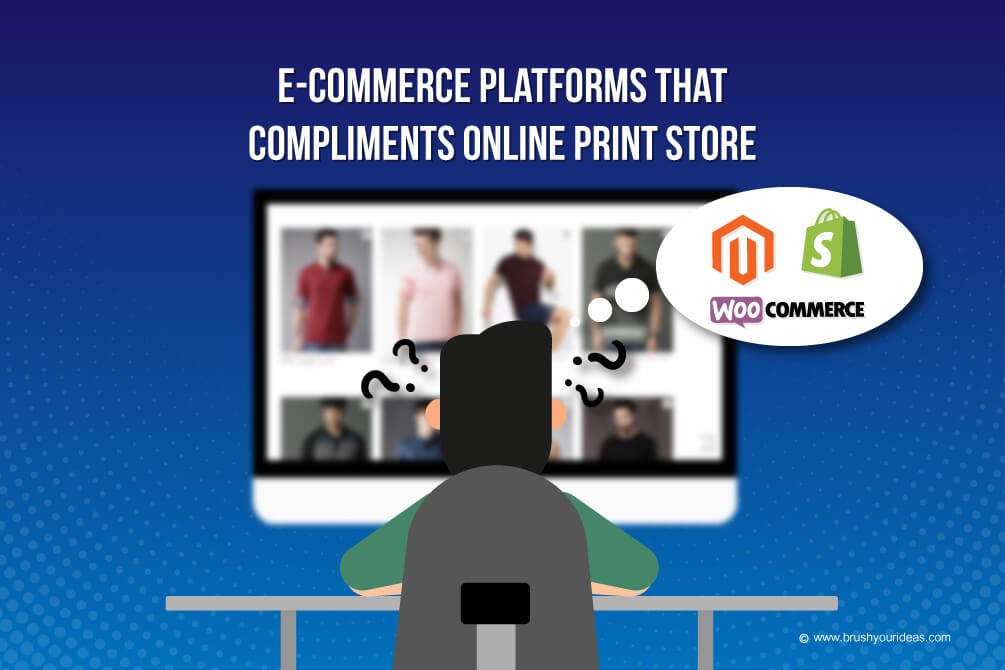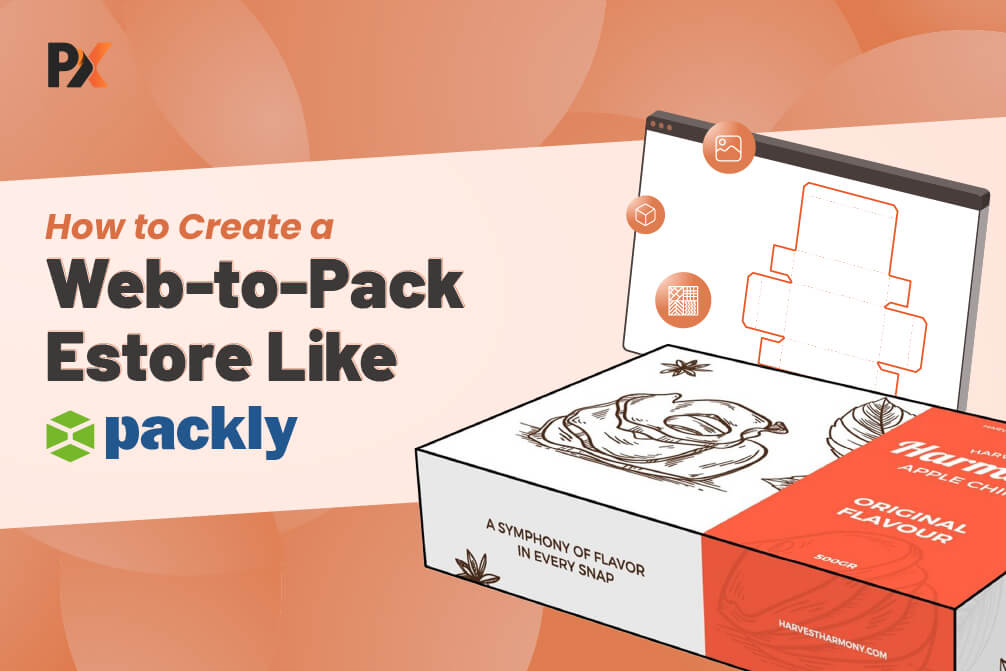Which e-commerce platform should you opt for? Everyone has their preferences. When you raise a question like that, people tend to be defensive of their choices. It is an endless debate and often a heated one. But it is a valid one, given how difficult it is to migrate from one platform to another. But if you can decide upon the goals and the features that are critical to attaining your business goal, you may be able to pick one, with a bit of luck.
Difficult as it may be to give up on our biases, we must provide the new e-commerce owners with a fair judgment of what to expect. This is crucial because the platform will have an impact beyond just the availability of simple features. It will surely come to change and in some ways define the way they conduct business. So, we must give it due consideration before settling on one.
Deciding Factors
Since the aim is to identify the platform that’s best suited for an online print shop, we shall look at the factors that are relevant to that use case. These could be the cost of licensing, cost of development, the degree of customization, support, etc. The idea is to analyze the platforms based on these metrics and find out which organization they’re ideal for.
- Magento
Magento is perhaps the oldest item on the menu. Adobe has overcome the aging that had begun to show in different aspects, such as the speed of processing, by the introduction of Magento 2 and the subsequent discontinuation Hence, most stores nowadays are migrated to Magento 2.
However, it remains one of the most expensive options overall. The community version is available for free. But the enterprise versions can cost you up to $125,000, based on expected annual gross sales revenue. Additionally, you cannot use it right out-of-the-box. It needs further development and is difficult to customize. This means that you’ll need to hire a developer which will add to your total cost.
In spite of that, it is one of the renowned e-commerce platforms out there, accounting for about 20% of all web-stores. It is customizable to a great degree and there is a large community of developers out there to support it.
Most Magento product designers available support Magento 2. It is ideal for large enterprises with big budgets and/or an in-house team of developers. Particularly when you require a high level of customization.
- Shopify
The Canadian e-commerce giant is the easiest-to-use platform on this list. The package includes hosting and is intuitive to work with. The platform guides you through the setup process in simple steps.
It works perfectly with Shopify product customizer. It is equally suitable for small to large scale companies. It also offers integration with your physical store. On the other hand, it has limitations when it comes to customizing it, though the overall design is great. The pricing can be significantly higher, especially for companies with high volume sales.
It is, therefore, best suited for people who want out-of-the-box solutions that aren’t much of a hassle to set up (and are willing to spare an extra buck for it).
- WooCommerce
This WordPress extension is the newest platform on our list. WooCommerce is feature-rich and easy to use once you set it up. The best thing about it is that it provides the perfect balance of customizability and ease with which it can be set up.
It has a huge global community of developers leading to an endless number of themes, plug-ins, and support that you can find online. Plug-ins such as the WooCommerce product design plugin work seamlessly with the web-store, adding much-needed functionality. It gives you the most control among any of the other platforms out there. Meaning, you can scale and personalize it to a great extent.
On the flipside, there might be hidden costs involved as opposed to the popular belief that it is free. WordPress and WooCommerce are both free. However, you will have to pay for the hosting, domain, e-mails, plugins, and extensions.
It is a great choice for people already using WordPress or those who want a solution that is highly customizable without being overly complicated.
The Verdict
Let us see how the contestants fare against the set metrics.

It is clear that the author has biases towards WooCommerce. But in all seriousness, there is no simple answer to the question, ‘which one is the best?’ You may choose the platform that best serves your needs based on the available resources and purpose.
For example, if you’re a tech start-up running out of a garage, you would probably opt for WooCommerce. Or if you’re an enterprise that needs a customizable web-store, down to the smallest detail, you might consider going for Magento. So, there isn’t one right answer to that question. In the end, you may even forgo all these factors and pick one because it feels right to you. The choice is yours.
But make no haste. This is where you should take your time to decide as it is very difficult to change once you’ve committed to one platform. It is a very messy process that you should avoid at all costs. Not only will it require technical expertise, but it’ll also take up a lot of time and money. It can even have a poor impact on your SEO.
On top of that, it’ll be difficult for you and your employees to adapt to the new environment. So, make sure you go through all the details before opting for a platform. You can even look at case studies or consult an expert.
Conclusion
Be sure to check out our Web to print storefront solution. It’s a light, out of the box web-store solution. We’ve built it specifically with online print shops in mind. It comes with the PrintXpand product customizer that works together like a charm.
All product and company names are trademarks™ or registered® trademarks of their respective holders. Use of them does not imply any affiliation with or endorsement by them.



